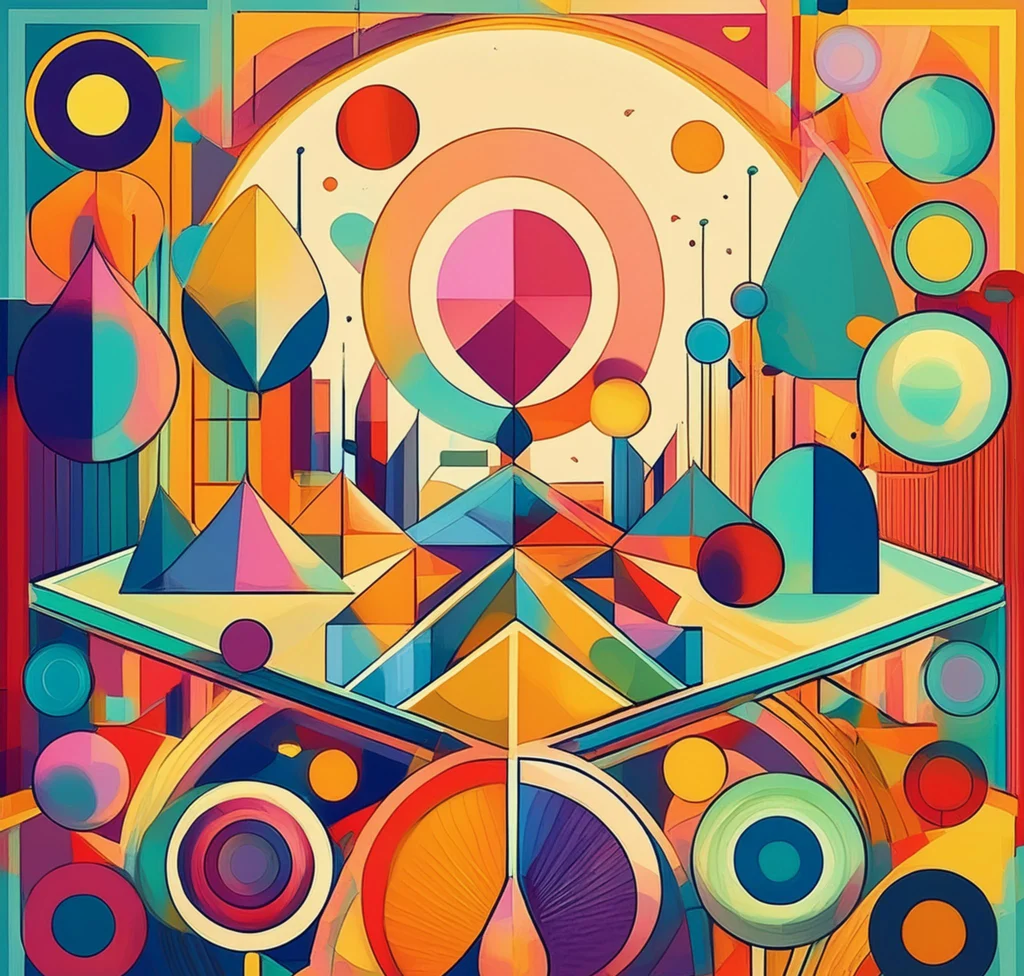Design in its simplest form is turning imagination and creativity into reality. It is about empathy- understanding the desires and needs of people at its core.
The design principles talks about unity, rhythm and other principles which align with the real world and social values. A good design is about creating user-friendly, and aesthetically pleasing solutions. It’s not just about creating products that please people, but about crafting mitigations which as a result improve the human experience.
“Design is not just what it looks like and feels like. Design is how it works.”
Steve Jobs
Design Principles
The Design Principles are fundamental concepts that guide the arrangement and organization of elements within a visual composition. These principles help designers create aesthetically pleasing, balanced, and effective designs. There are 8 basic design principles-
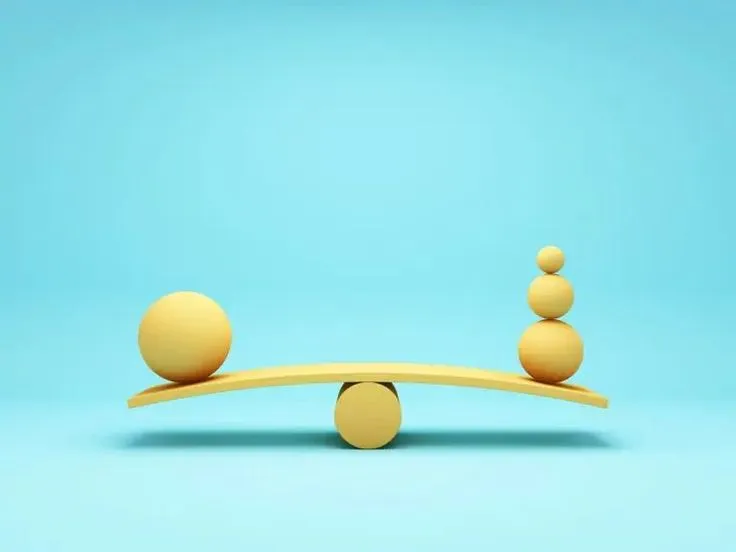
Balance
It refers to the arrangement of the elements of art in a work of art, in order to create a sense of visual balance or stability. Balance can be asymmetrical, symmetrical or radical.
Contrast
It is the arrangement of opposite elements and effects in a work of art. Often
contrast directs the audience to a focal point. It also helps to emphasize, create variety, visual interest and drama.

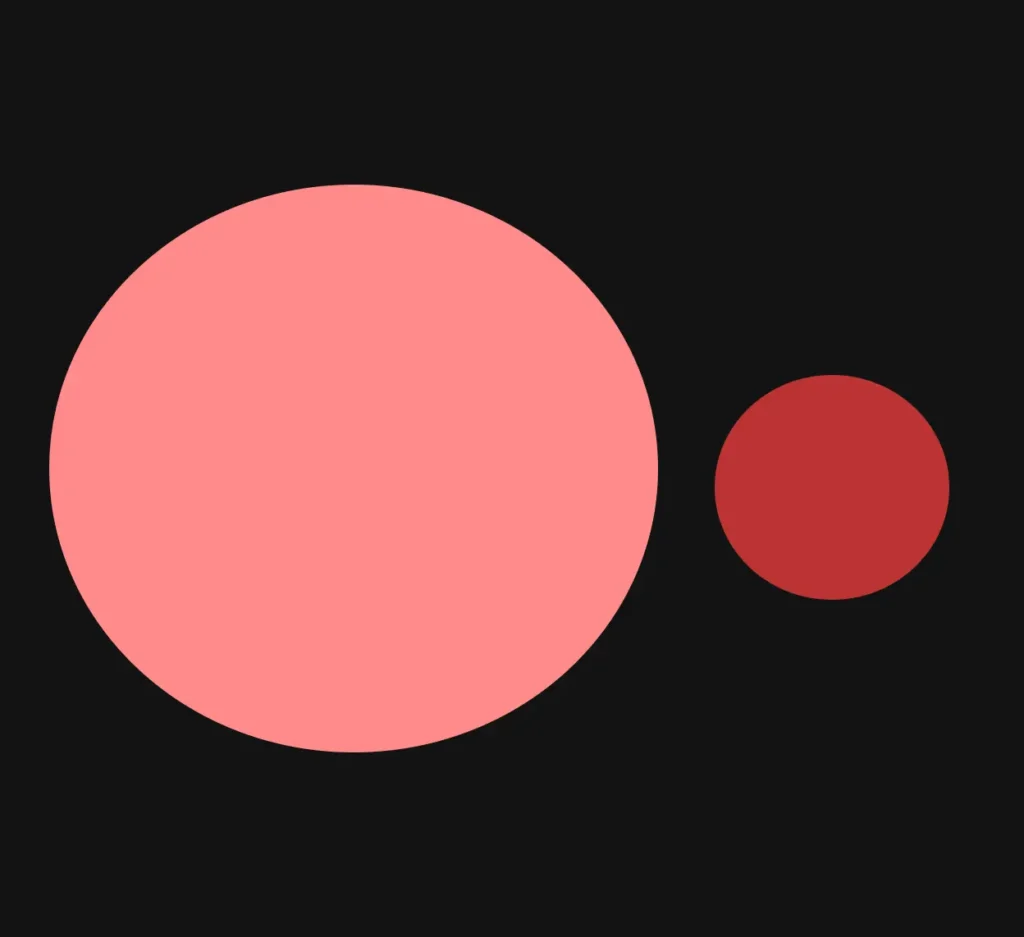
Proportion
It is about the relationship and size of one object to another object.
Emphasis
It is concerned with the dominant feature or center of interest of a work of art.
Artists use emphasis to draw their audience into the most important part of the composition.

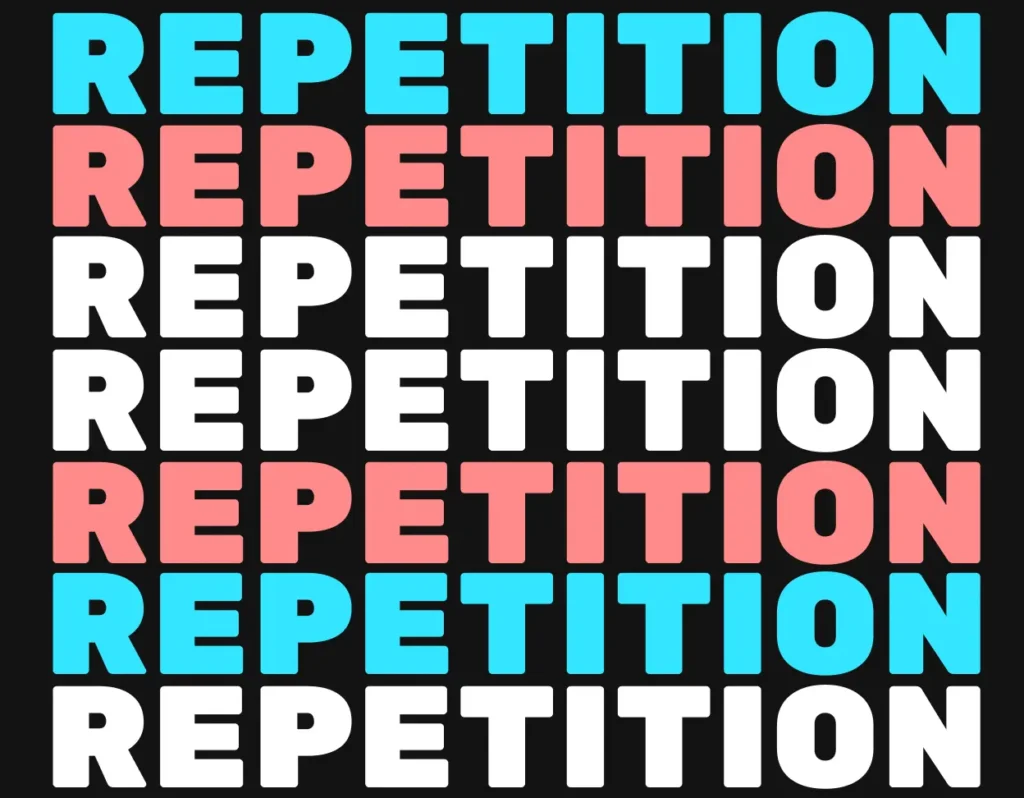
Repetition
It refers to one or two shapes being repeated ,or to the recurrent use of an element art in a composition, to create a visual repetition or to visually accentuate certain aspects of work.
Pattern
It is the repeated use of an element of art or a group of elements of art (a theme) in a repeated and predictable manner, called a sequence.
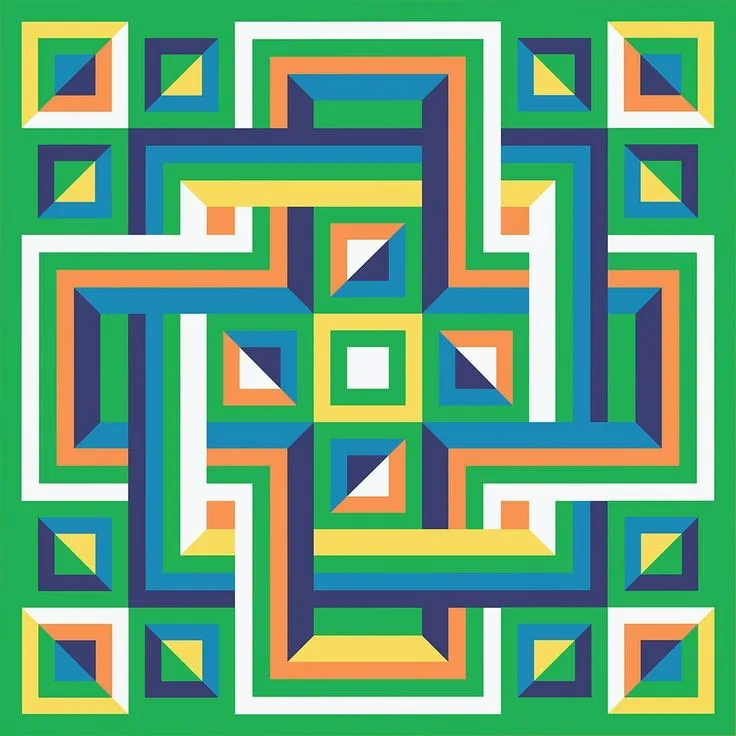
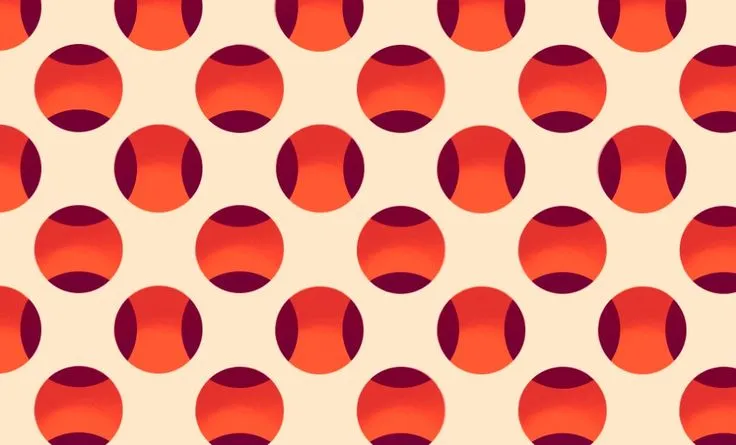
Rhythm
It is a combination of elements of art being repeated, but with variations.
When motifs or elements of art are being repeated, alternated, or otherwise being arranged, the intervals between them or how they overlap, can create rhythm and a sense of movement.
Unity
Unity is the harmony of all elements of art in a composition.
No single element of art dominates.

The Design Thinking Process: A structured approach to problem-solving.
When faced with challenging problems, we doubt ourselves, feel submerged, and don’t know where to start. The design thinking process is a compassionate and organized structure which solves our problems. Foundationally, design thinking ideates innovative solutions, iterates on the basis of user reviews and creates empathy with the end-user.
This procedure motivates us to advance toward problems with an attitude of learning and being receptive. We initiate creative solutions that make a key difference by heartily understanding the demands and troubles of the ones we want to serve. The design thinking process encourages us to bond freely, demonstrate without fear, and adopt failure as an chance for improvement.
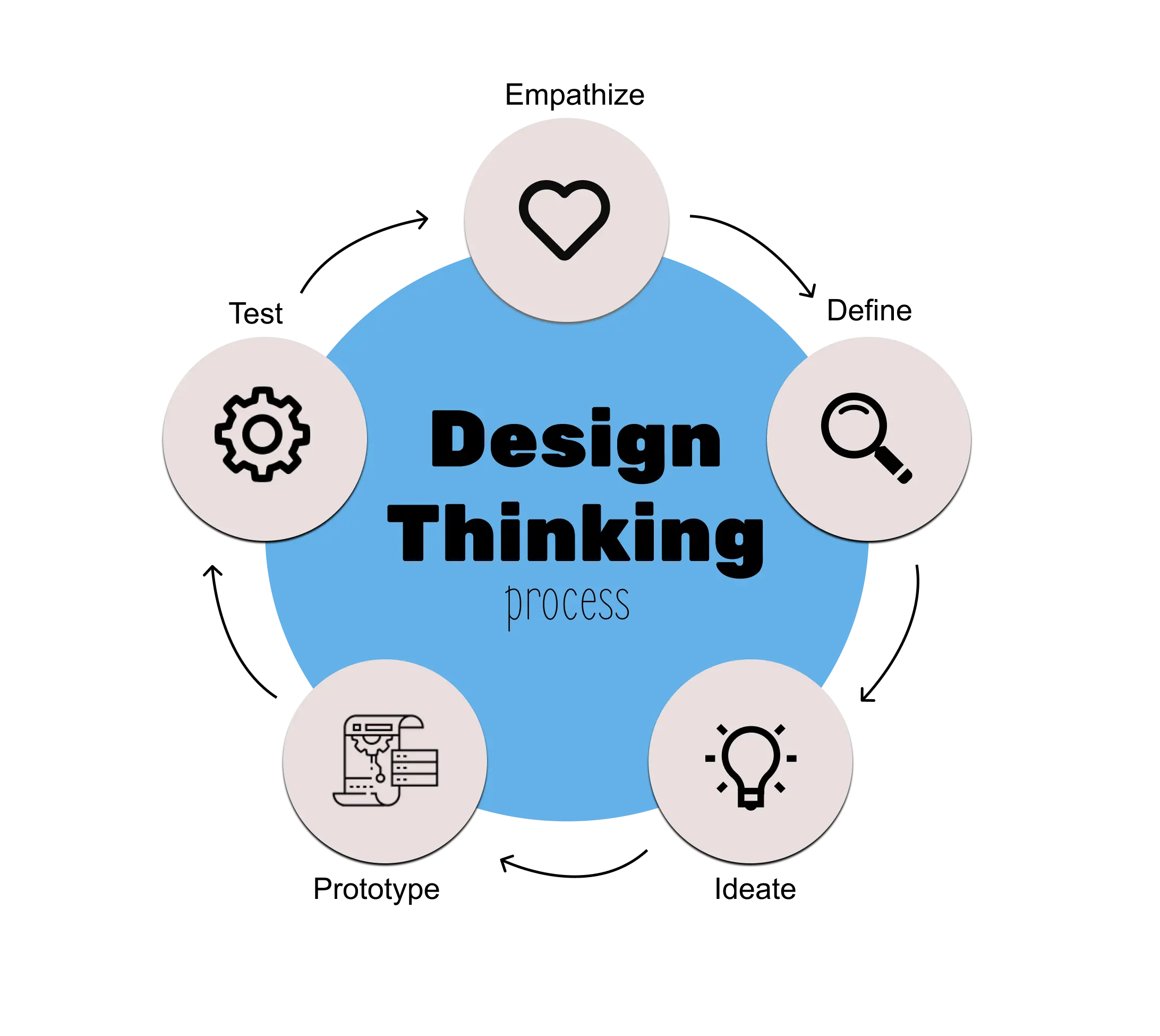
Exploring the diverse facets of design: From Graphic to Architectural
Design is a sophisticated niche that includes a huge scope of innovative expressions, starting from the fascinating motions and visuals of graphic design to the breathtaking buildings and structures of architecture.
Graphic design, with its amazing doodles, striking typography, and creative layers, catches hearts and inspires. With professional minds, ideas convert into visually appealing narratives that adjure emotions and communicate profoundly. Whether it’s designing an eye-attracting book cover, a movie poster, a logo, or the branding of a company, graphic designers turn the ordinary into the extraordinary.
On the other hand, Architectural design goes beyond beauty, it delves more into convenience, sustainability, and existence. Architects are people who build the environment we thrive in and the spaces we inhabit, from constructing high-rises to homely havens. The architectural design process is a balance of engineering and creativity and a deep perception of the tapestry of life.
As we explore the spectrum of design, we witness its transformative power, its inspiring essence, and the amazement it brings to our lives. Whether you are a designer or just a fan of craft, this blog will captivate you to appreciate and acquire the complexities and the simplicity of design at the same time.
The Role of Design in Shaping Our World
Design constructs our world in innumerable ways, crafting solutions that improve its existence. Foundationally, design is all about understanding the people, their needs, demands and their pain. Design is all about empathizing with people. With compassion towards others we can create designs that make a genuine difference in lives.
Whether designing a creative user interface, a compassionate user experience, or a sustainable product our decisions have a contagious effect. It becomes a powerful weapon by prioritizing the human experience for positive change. This authority is serious but fruitful. When we design with love and care, we can impact lives positively- something truly worth endeavoring for.
Conclusion: Embracing the Power of Design to Create a Better Future
In conclusion, understanding the design principles is significant for creating visually appealing and productive content. By incorporating elements such as balance, contrast, and hierarchy, designers can escalate the overall user experience and communicate information more effectively. To stay updated on the latest trends and techniques in design, be sure to follow reputable sources and professionals in the field.
Some useful software for designing –
